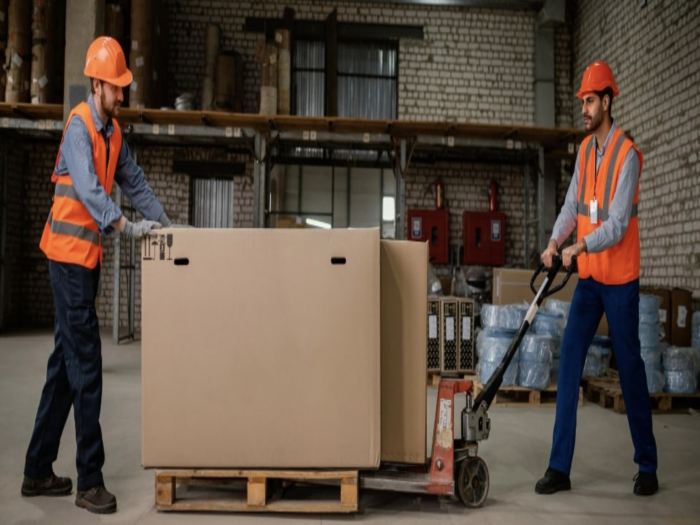
Material Handling is the movement, protection, storage, and control of materials and products throughout manufacturing, warehousing, distribution, consumption, and disposal. As you can probably imagine, it’s critical in modern supply chains.
Material handling equipment (MHE) includes everything from basic pallet jacks to sophisticated automated storage and retrieval systems (AS/RS). The right equipment directly impacts labor costs, throughput rates, and storage density.
In warehousing operations, effective material handling typically accounts for 20-25% of your operational costs, and it can make or break your productivity targets. Some facilities improve their throughput by 40% just by optimising their material handling systems and equipment selection.
The key components include:
Material handling directly impacts your operational costs and efficiency. When you consider that labour costs can make up the majority of your warehouse operating budget, it’s important to take material handling into account. Getting it right affects:
The biggest mistake that some companies make is treating material handling as an afterthought rather than a core strategic function. Poor material handling choices lead to bottlenecks, increased labor costs, and missed customer commitments.